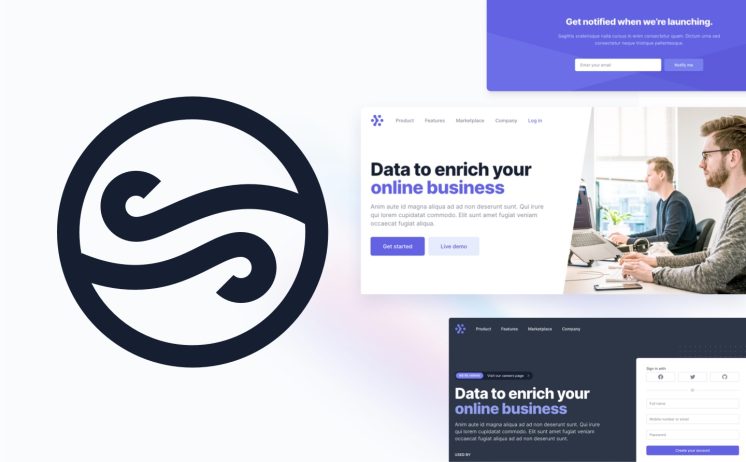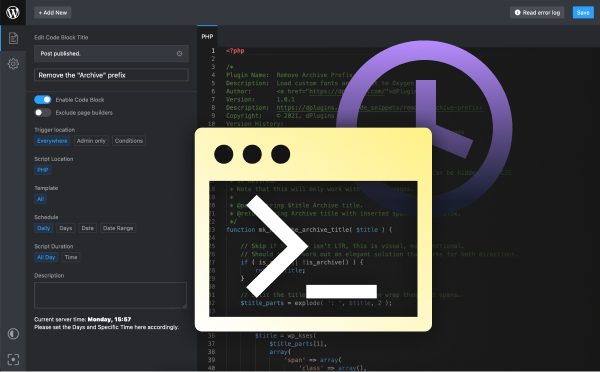Gutenberg blocks provide an easy way to customize the look and feel of your WordPress website. With the help of custom fields, you can further customize the look and functionality of your Gutenberg blocks. Custom fields allow you to add additional settings to a Gutenberg block, such as images, text, or even a drop-down menu. This tutorial will show you how to create custom fields for a Gutenberg block in WordPress.
An Overview of Creating Custom Fields for Gutenberg Blocks.
Creating custom fields for your Gutenberg blocks can be an exciting and rewarding experience. With the right tools and an eye for detail, you can create a block that stands out from the rest and adds a personalized touch to your content. At its core, creating custom fields for a block requires a deep understanding of the Gutenberg block editor and the WordPress coding language. You’ll need to be comfortable writing and editing code to get the most out of your block. However, with some guidance and a little bit of practice, even beginners can become adept at creating custom fields. The first step in creating a custom field is to decide what type of field you want to create. You can create text fields, checkboxes, select fields, radio buttons, and more. Once you’ve decided on the type of field you want to create, you’ll need to write the code for it. This code will be added to the block’s “edit” function, which is responsible for displaying the field in the Gutenberg editor. When writing the code for your custom field, you’ll need to be aware of the various attributes you can use to customize its behavior. For example, you can set the default value of a field, specify whether or not it’s required, and add a description to help users understand what the field is for. Once you’ve written the code for your custom field, you’ll need to add it to your block’s “save” function. This is where you’ll specify how the value of the field is saved and retrieved when the block is rendered. Creating custom fields for Gutenberg blocks can be a great way to add a personalized touch to your content and make your blocks stand out from the rest. With a little bit of practice and some guidance, you can become an expert in creating custom fields and add a unique flair to your Gutenberg blocks.
The Benefits of Using Custom Fields in Gutenberg Blocks.
Gutenberg blocks have revolutionized the way WordPress users create content, giving them the ability to craft beautiful, dynamic posts and pages with ease. But what many don’t realize is that the power of Gutenberg doesn’t end there. Custom fields can take your Gutenberg blocks to the next level, giving you the flexibility to create truly unique and engaging content. Custom fields allow you to add additional data to a post or page, giving you the ability to customize the content even further. You can use custom fields to add extra information about a post or page, such as author bios, product specs, or extra images. This data can then be used to create a more dynamic and engaging experience for your readers. Custom fields also give you the ability to create different types of content. For example, you can use custom fields to create interactive polls, quizzes, and surveys. You can also use custom fields to display related content, such as recent posts or products. This helps to keep readers engaged and interested in your content. Finally, custom fields are a great way to add more visual interest to your Gutenberg blocks. You can use custom fields to add images, videos, and other media to your posts and pages. This allows you to create a more visually appealing and engaging experience for your readers. The possibilities are endless when you use custom fields in Gutenberg blocks. By giving you the ability to add extra data and visuals, custom fields can help you create unique and engaging content that stands out from the rest. So, if you’re looking for ways to make your posts and pages more engaging and dynamic, custom fields are definitely something you should consider.
Developing Advanced Custom Fields in Gutenberg Blocks: Best Practices and Tips.
The introduction of Gutenberg blocks has opened up a world of possibilities for WordPress users. With the ability to create custom fields, developers are now able to create powerful and unique custom blocks for their WordPress websites. By taking advantage of the power of custom fields, developers can create blocks that are tailored to the specific needs of their customers, allowing them to create highly customized experiences for their users. In this article, we’ll discuss the best practices and tips for developing advanced custom fields in Gutenberg blocks. By following these guidelines and strategies, developers can create powerful and unique blocks that are tailored to the specific needs of their customers. The first step in developing custom fields for a Gutenberg block is to understand the structure and purpose of the block. This includes understanding the different elements that make up a block and how they interact with each other. Once you have a good understanding of the structure and purpose of the block, it’s time to start thinking about the custom fields you want to include. When developing custom fields, it’s important to consider the user experience. For example, if you’re creating a block that requires a user to enter in a specific value, make sure the field is easy to understand and clearly labeled. Additionally, if you’re creating a field that requires a user to enter in a range of values, consider using a slider or range input instead of a text box. This will make it easier for users to understand and use the field. It’s also important to consider the security of the data being collected. Make sure custom fields are properly secured and encrypted to protect user data. Additionally, when collecting sensitive data, such as credit card information, make sure to use third-party services for handling the data to ensure it is securely stored and transmitted. Finally, when developing custom fields for a Gutenberg block, it’s important to consider how the fields will be used in the front-end. This means thinking about how the data collected in the fields will be displayed and interacted with by the user. For example, if you’re creating a field that requires a user to enter a specific value, consider creating a drop-down list or a checkbox to make it easier for the user to select the correct value. By following these best practices and tips, developers can create advanced custom fields for their Gutenberg blocks that are tailored to the specific needs of their customers. By taking the time to consider the user experience, security, and front-end use of the fields, developers can create powerful and unique blocks that are tailored to the specific needs of their customers.
Creating custom fields for Gutenberg blocks is a great way to enhance the functionality of your content and give you more control over your website. By creating custom fields, you can add more options to your Gutenberg blocks, allowing you to customize them to fit your exact needs. This makes creating and managing content much easier, allowing you to produce content quickly and efficiently. With this, you can create unique and interactive experiences for your readers that are tailored to their individual needs and preferences.


